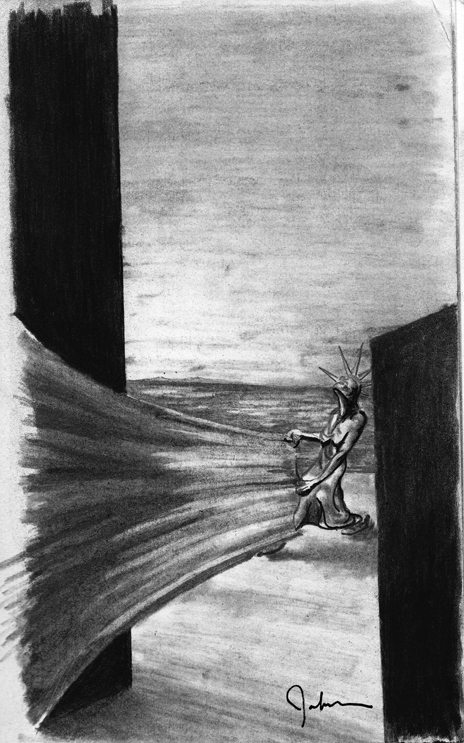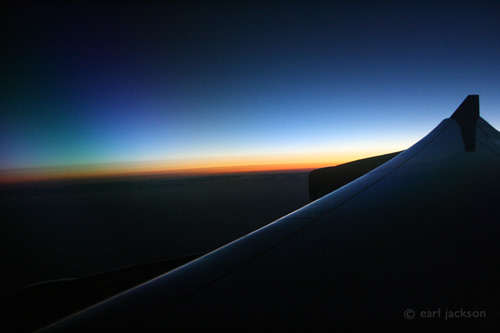
Lost somewhere high above the Atlantic Ocean, I catch myself in disgust, flipping through the SkyMall catalog. How sad, I've often thought, must be the lives of those people who actually shop in these pages. Their closets must be packed with things they don't need, things they believed would bring some small dose of happiness or make their difficult lives easier, things acting as surrogates to the value of spending time with their friends and loved ones. Is this really me? While seriously considering how effective the "Original Backnobber II" might be, I reflect on the first day back in the office after my honeymoon nearly five years ago. Expecting congratulations and smiles and advice on marriage and life, one of the managing partners in my firm approached me and said, "Welcome back, bring your passport to work tomorrow, you're going to India..."
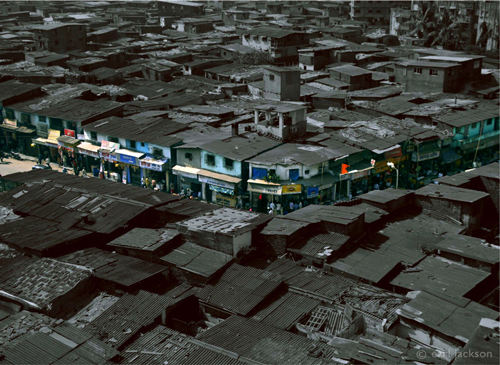
Incredible! I had always dreamed of how exotic India must be, and like many other trips that followed to many other far away places, my dreams and expectations were surpassed tenfold. In the last eight years I've been given the gift of travel through my work in design. In places where our media has set a fearful stage, I've met the most loving, accommodating, and exciting people and seen the world and its cities in very intimate ways. I've torn through Hyderabad on the back of a two-wheeler with a friend of fifteen minutes, exploring the heritage of the city. (I still don't know which was more valuable to me, seeing the Veiled Rebecca or the experience of running out of gas, lost in a strange place just as the topics of politics and religion were brought up.) I've played in a pick-up game of cricket in Chandigarh, drawing laughs from the crowd when my first pitch sailed by the batsman without a bounce, and I've sat in the Banganga Temple Complex letting kids play with my camera as they satisfied their curiosity about who I might be. The experiences that a few extra days at the beginning or end of each trip have given me are priceless. At times it seemed as though I may have found a sense of home in small and strange ways in many places around the world while at the same time feeling lost for my real home amidst the exploration.
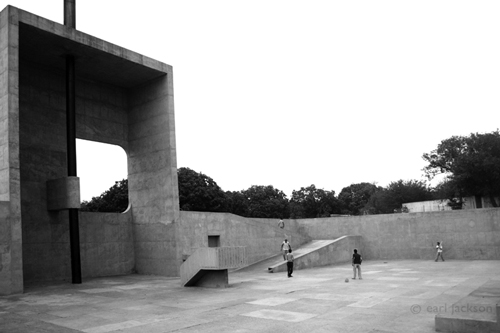
On a long trip to China, I sat next to US government officials in a church in Shanghai on Easter Sunday. We fought tears as we listened to the service, which seemed half religion and half political disclaimer. Without our loved ones, any trace of familiarity only made their absence and our longing for them heavier. At a formal meeting in the Middle East, seated at a table of about thirty other people representing at least ten other countries, it occurred to me that the one thing I could count on, regardless of where I was or who I was with, was their love for their families and friends and that each of their core desires was to do what is best for them. Often, at the scale we engage design, that love extends to their communities, cities, and nations.
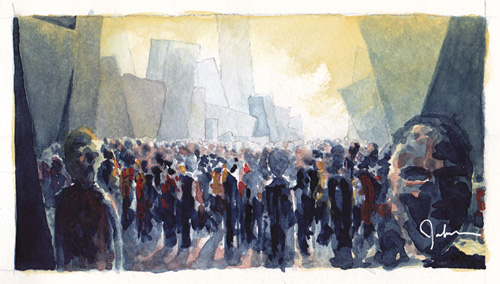
I practice architecture and urban design and do so with an underlying belief in the quote that "a society grows when its people plant trees under whose shade they may never sit." It is impossible to practice it alone. Our work engages design in a manner which carries the burden of responsibility. We work as though we are responsible to everyone that might be affected by our designs. We strive to exceed our clients' expectations and question how our projects might help shape community identity. I believe the work we do is good work. It is exhaustive, fun, rewarding, but at times it is surprisingly lonely. Somehow, even a semi-serious consideration about a SkyMall purchase amplifies that feeling.
Today, the world is more connected than ever before (regardless of the fact that the BBC still refers to the Super Bowl as a 'match'). We are pressed with the need to create healthier cities as our urban populations explode. Unlike designing fantastic apartments in town that can easily be reached by subway, global Urban Design requires a ton of time on planes and in airports. Whenever I travel, the one thing that always comes with me is a small tin of watercolors. It was a genuine 'shop for it on your feet' gift that my wife gave me years ago and is one of my most treasured possessions. In her absence, I paint to her, write to her, and have been developing a new structure for a design practice that is more inclusive of her. She is not an architect and I think my work is better and more responsible because of that. She, like many other non-designers, is interested and is a constant reminder that urban design projects are for people who generally take it for granted in their daily lives. I am reminded that the process of design is a dialogue. When we liberate it from our project performance man-hour calculations and/or budget our jobs correctly with our staff and clients, when we make it more inclusive of our families and communities, and when our clients see the added value in the discourse we're enabling, it becomes richer and so do our cities and works of architecture. We're standing on the threshold of a new era for design. One that is beautiful, responsible, and accessible to the world's most diverse populations. Today, designers hold a new freedom and are creating value for a new generation of clients. The ones I know are ambitious, responsible, and value the discourse that the design process enables. Here's to liberty at any cost, and to a new way of practicing Architecture and Urban Design.
